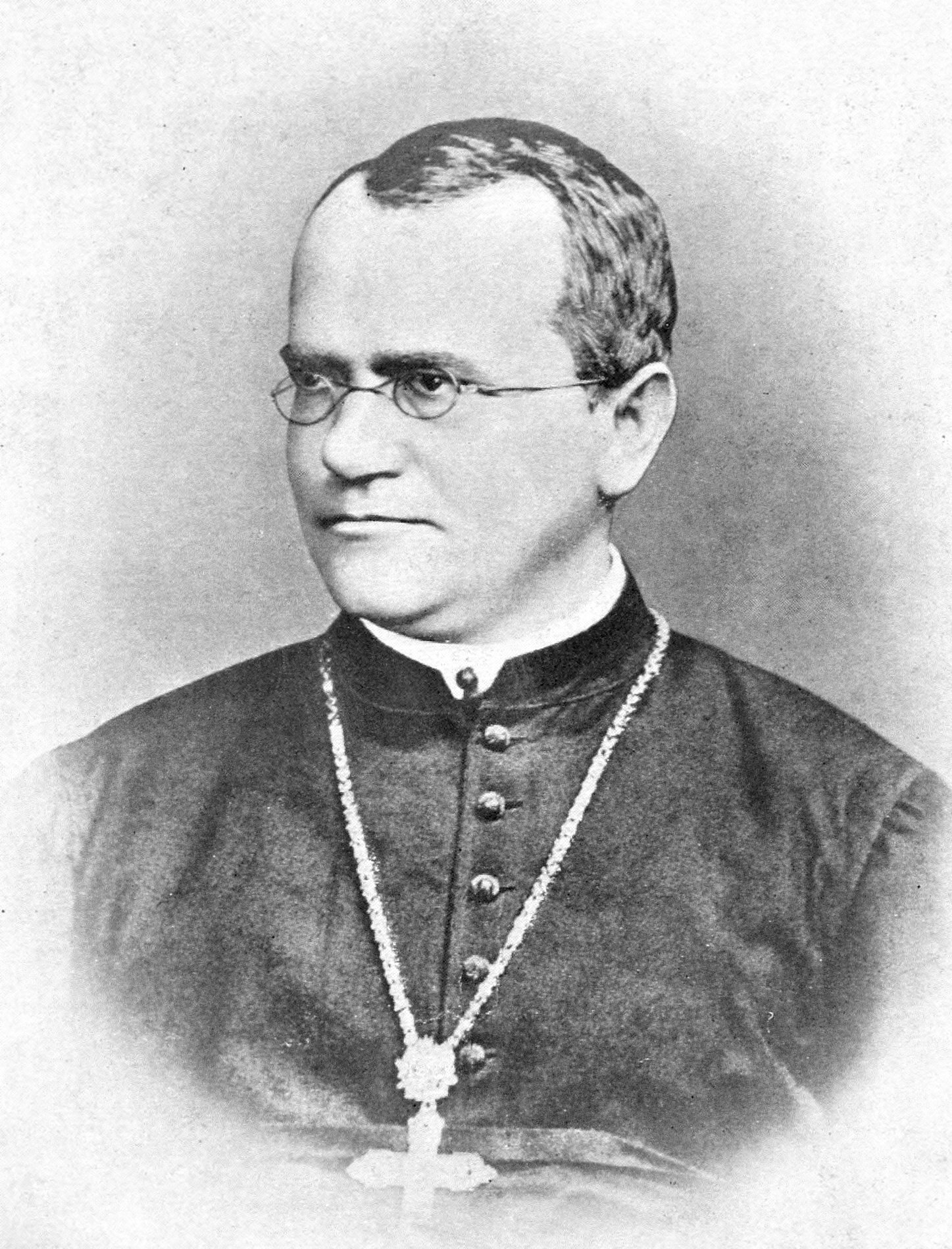
Charles Darwin and Gregor Mendel were contemporaries. One of the great “what ifs” in the history of science is “what if Darwin and Mendel had met to discuss each other’s work, or, at least, had exchanged notes?”
The closest they came to meeting was in the summer of 1862, when Mendel visited England to attend the International Exhibition, a world fair held in South Kensington. Charles Darwin was less than twenty miles away, but their paths never crossed as the Darwins were stuck at home, nursing their son Leonard through scarlet fever.
Mendel read a German translation of Darwin’s Origin before publishing his seminal paper in 1865, but he did not see any connection between his work and Darwin’s. It has been claimed that Mendel’s paper sat on a shelf at Down House, unread, but this is just a myth. Although Darwin possessed two books that briefly referred to Mendel’s work, there is no evidence that he read the relevant sections; in one of the books, the pages are clearly uncut. Darwin leant one of these two books to his friend George Romanes, who used it to write an encyclopedia entry, priming another myth: that Darwin wrote about Mendel in the Encyclopaedia Britannica.
How close was Darwin to discovering Mendel’s laws of inheritance? As early as 1838, Darwin scribbled in his notes a question that, in retrospect, seems pregnant with potential: “Do races of peas become intermixed & gardener have hybrid seedlings?” In a letter written to Wallace in February 1866, Darwin recognizes that inheritance can be non-blending:
“My dear Wallace… I do not think you understand what I mean by the non-blending of certain varieties… I crossed the Painted Lady and Purple sweetpeas, which are very differently coloured varieties, and got, even out of the same pod, both varieties perfect but not intermediate.”
Furthermore, as Chinese plant scientist Yongsheng Liu has pointed out, Darwin describes experiments that are uncannily similar to Mendel’s, in his 1868 work Variation Under Domestication:
“Now I crossed the peloric snapdragon… with pollen of the common form; and the later, reciprocally, with peloric pollen. I thus raised two great beds of seedlings, and not one was peloric. The crossed plants, which perfectly resembled the common snapdragon, were allowed to sow themselves, and out of a hundred and twenty-seven seedlings, eighty-eight proved to be common snapdragons, two were in an intermediate condition between the peloric and normal state, and thirty-seven were perfectly peloric, having reverted to the structure of their one grandparent…”
The ratio, at 2.4 to 1, is close enough statistically to conform to an expectation of 3 to 1, so this might count as a glimpse by Darwin of Mendel’s first law.
But given that Mendel himself did not recognize the universality of his own work, it is unfair to expect Darwin or anyone else to do so, particularly in the face of less easily interpreted results from crosses in other species of plants and animals. Instead, the modern synthesis of Darwin's and Mendel's work had to wait until the mid-Twentieth Century.
Bibliography
The extent of Charles Darwin’s knowledge of Mendel by Andrew Sclater
The Monk in the Garden: The Lost and Found Genius of Gregor Mendel, the Father of Genetics by Robin Marantz Henig